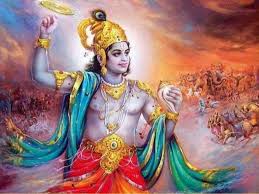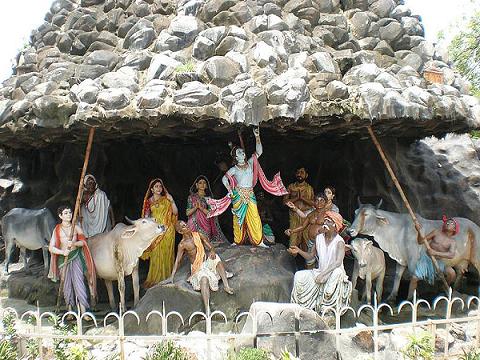Fear is a common experience in the material world, but on the path of bhakti, Lord advises us not to be afraid. When we engage in devotion, we may encounter obstacles, such as opposition from family, fears of losing attachments, or living without sense enjoyment. However, Lord promises protection and guidance, urging us to continue our bhakti without fear.
Understanding Fear in Bhakti
Lord speaks of three levels of fear that one may experience on the path of bhakti:
- Initial Fear: At the beginning of bhakti, there is a fear of sinning. This fear motivates us to seek shelter and protection from Lord, aiming to stay pure by maintaining a connection with Him. At this stage, our concern is mainly about ourselves and avoiding impurity.
- Intermediate Fear: As we advance in bhakti, the fear of sinning diminishes. We start living a purer life and develop an attachment to Lord. This leads to a fear of displeasing Him with our misdeeds. At this stage, our actions are driven by a desire not to hurt Lord.
- Advanced Fear: In the higher stages of bhakti, the fear evolves into a concern about losing Lord or being rejected by Him. This reflects a deep and intimate connection with Lord.
From Vaidhi-Bhakti to Rāga-Bhakti
- Vaidhi-Bhakti: This initial stage is driven by fear of sinning, offending devotees, and becoming impure. It involves following rules and regulations to break the independent mentality and promote bhakti.
- Rāga-Bhakti: As one advances, bhakti becomes driven by attachment and love for Lord rather than fear. The fear in rāga-bhakti is about not wanting to hurt Lord and the fear of losing Him, which is considered chaste.
Transcending Fear
Lord encourages us to rise above the material fear and the fear in vaidhi-bhakti. While initial fear serves as an impetus for starting bhakti, true bhakti begins with rāga-bhakti, where attachment to Lord drives our actions. It is essential to channel our fears appropriately and use them to deepen our devotion.









